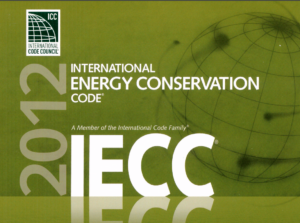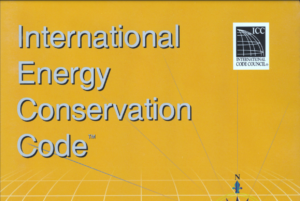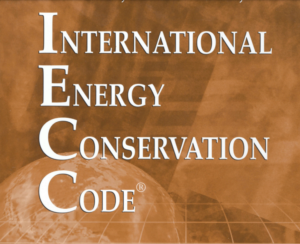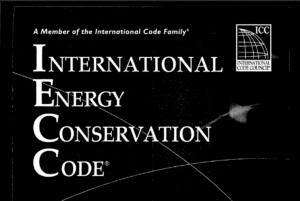The 2022 California Energy Code (Title 24, Part 6) is part of a comprehensive set of regulations governing building standards across California. Published every three years, this code establishes minimum energy efficiency standards for the design and construction of buildings, ensuring they use energy resources efficiently while allowing for innovative building techniques. Local governments can implement more restrictive standards based on local conditions, provided they file their findings with the California Building Standards Commission.
The code applies to various building types, including residential, commercial, and industrial structures, and covers aspects such as building envelopes, HVAC systems, lighting, and more. The Energy Code mandates specific requirements for both newly constructed buildings and renovations, ensuring that all habitable and uninhabitable spaces comply with energy efficiency standards. For historic buildings, lighting requirements must align with Section 140.6(a)3Q of the Historic Building Code.
Compliance with the Energy Code can be achieved through several approaches:
The Performance Approach, which evaluates the building’s overall energy efficiency.
The Prescriptive Approach, which requires specific measures outlined in the code.
The code also addresses mixed-use buildings, requiring each part of the building to comply with the relevant provisions. It sets forth administrative requirements for permits, compliance, and certification of energy-efficient products. Definitions and rules of construction are detailed in Section 100.1, ensuring clarity and consistency in applying the code’s provisions.
By adhering to the California Energy Code, builders and developers contribute to the state’s sustainability goals, promoting energy conservation and reducing environmental impact through efficient building practices.






